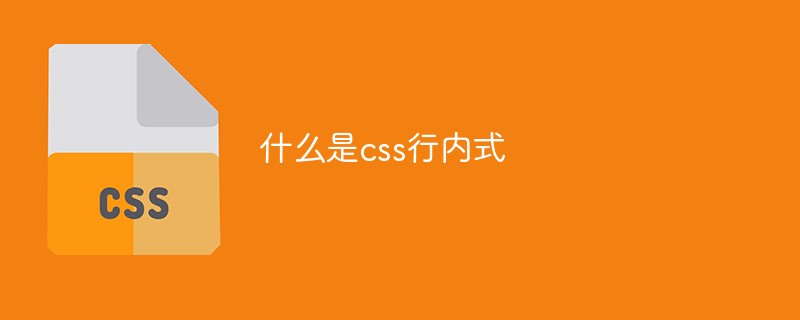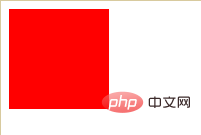Home >Web Front-end >Front-end Q&A >what is css inline
css inline refers to using the style attribute to write the css style code in the specified html tag element. It exists as an attribute tag of the HTML tag. The syntax is "

The operating environment of this tutorial: Windows 7 system, CSS3&&HTML5 version, Dell G3 computer.
css inline refers to using the style attribute to write the css style code within the specified html tag element, which exists as an attribute tag of the HTML tag.
Syntax:
<element style="style_definitions">
Value style_definitions: For one or more CSS properties and values separated by semicolons. (For example: style="color:blue;text-align:center")
Example:
<!doctype html> <html> <head> <meta charset="UTF-8"> <title>css行内样式</title> </head> <body> <div style="width:100px;height:100px;background:red;"></div> </body> </html>

Characteristics of inline css:
1) Inline styles are placed in HTML elements in the code.
2) When using inline styles, the styles will only affect the elements you select.
3), Inline styles have no selectors
Note: Inline styles defined in HTML only apply to the tags they are added to.
It is recommended not to use inline styles because each HTML tag needs to be styled separately. If you only use inline styles, it may become very difficult to manage the website. However, it can be useful in certain situations. For example, in situations where you don't have access to CSS files or only need to apply styles to a single element.
(Learning video sharing: css video tutorial)
The above is the detailed content of what is css inline. For more information, please follow other related articles on the PHP Chinese website!